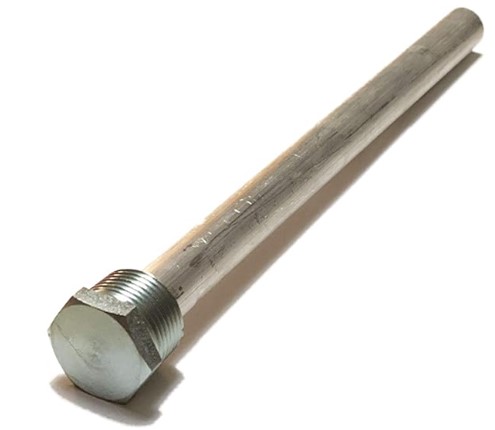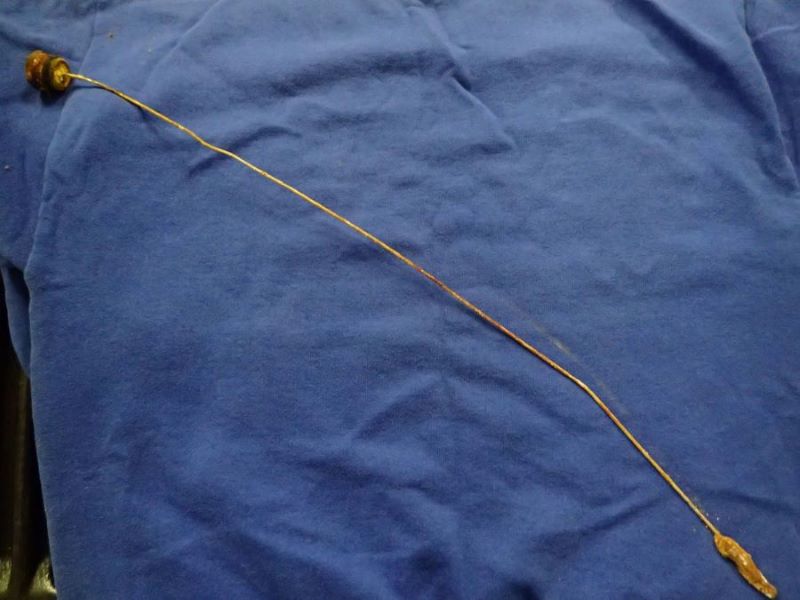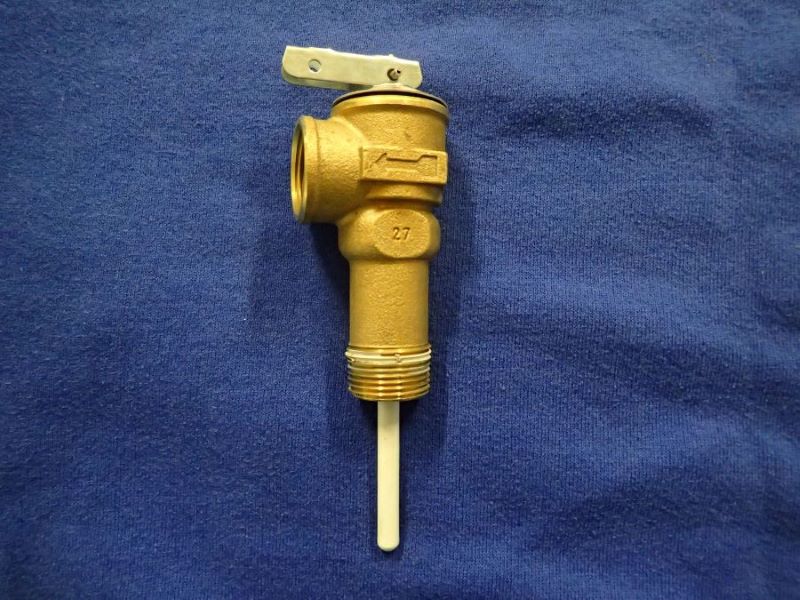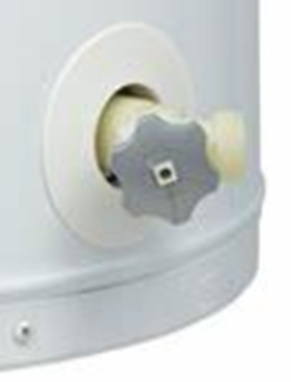An often overlooked item in your home’s infrastructure is the water heater. Most people don’t think a lot about their water heater until they turn the tap and are surprised with water that is less than hot. Water heaters are just like many other major home appliances, they need a little attention to get their maximum life and performance.
A typical residential storage water heater will consist of a steel tank with a glass lining, hot and cold water connections, a heating method, (typically gas or electricity), a sacrificial anode, a Temperature and Pressure relief valve (T&P), and a drain valve.
Hot water is by nature more aggressive with respect to corrosion than cool water. As such, hot water tends to destroy steel at a much faster rate than most people would expect. For this reason, most tanks will be lined with glass by the manufacturer to insulate the steel from the water, reducing corrosion. However, repeated pressure fluctuations and thermal cycling will eventually crack the glass lining. A sacrificial anode is provided that will “sacrifice” itself to the corrosion process and reduce the corrosion to the tank of the water heater.
Because the anode is sacrificial, it will lose mass and eventually be totally consumed as is demonstrated in Figure 2 below. Anode rods should be inspected per the manufacturer’s instructions and replaced when necessary. Be sure to follow the manufacturer’s instructions and ensure the gas or electricity is turned off, and that the water heater has cooled and is properly drained before attempting to remove the anode rod. An interesting side note is that several manufacturers recommend inspecting the anode rod more frequently if your home has a water softening system.
Water heaters are often installed in limited clearance areas. To accommodate the tight space, anode rods made up of flexible segments instead of one long rod are available. Contact your local plumbing supply house, home improvement center, or professional plumber for assistance in sourcing the proper one for your particular water heater.
The Temperature and Pressure (T&P) relief valve is installed on your water heater to prevent the dangerous buildup of pressure, perhaps created by a runaway condition with the heat source. The T&P relief valve will open to relieve the pressure inside of the tank before an overpressure condition results. This safety valve should be serviced and this can be accomplished by DIY type homeowners, but always use extreme caution and closely follow the manufacturer’s recommendations because the water will be expelled from the valve under pressure and will be HOT. If in doubt, consult a professional plumber.
Another maintenance item that is often overlooked is the recommendation by most manufacturers to flush sediment from the tank. Dissolved minerals in the water will precipitate and settle out in the bottom of the tank over time. Most manufacturers that I am familiar with recommend that the tank be flushed once per year. This involves using the provided drain valve on the bottom of the tank to flush the sediment before it builds up and causes problems. Follow manufacturer’s recommendations for best results.
Don’t forget that your heat source requires some maintenance as well. Gas fired water heaters should have the fuel gas system, including the burners and vent piping, inspected per manufacturer’s recommendations to ensure long life and reduce the chance of the generation of carbon monoxide or that combustion gasses will be leaked into the building.
Owners of instantaneous water heaters should also be familiar with the manufacturer’s recommendations for any periodic maintenance and follow it for best results with this valuable investment.
Often overlooked until it fails, a water heater rather silently sits in its little corner of your home creating luxurious hot water. A few simple maintenance steps can go a long way toward getting the longest life and best performance out of this modern convenience.
Chad Jones, PE, CFEI, CVFI, CMSE has a Bachelor of Science in Mechanical Engineering from Clemson University. Chad has over 25 years of engineering experience including mechanical, process, and manufacturing engineering. This work has included equipment design, machine safeguarding, cost estimating and safety compliance. Chad also has over 10 years of commercial, industrial, and residential HVAC and plumbing design experience. A lifelong auto and motorcycle enthusiast, Chad is accomplished in the maintenance, repair, and modification of vehicles and engines. Chad is a Certified Fire and Explosion Investigator, Certified Vehicle Fire Investigator, and IFSAC certified Firefighter II in Greenwood County, South Carolina.







